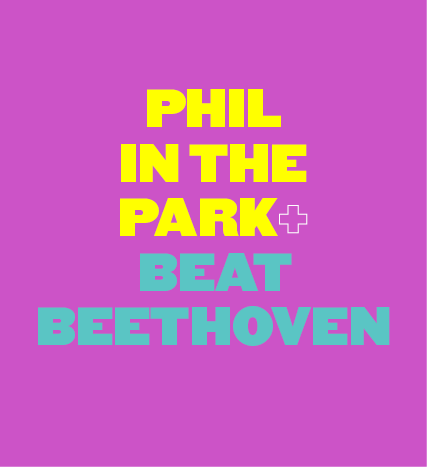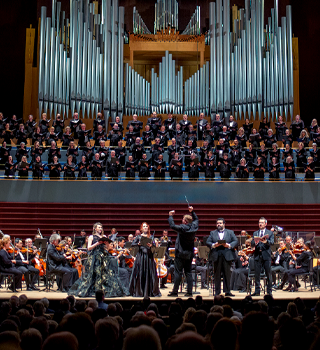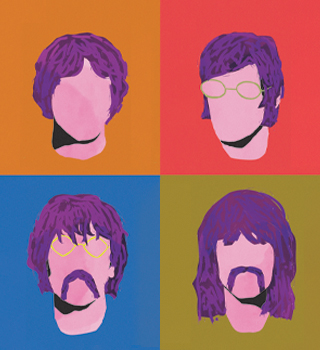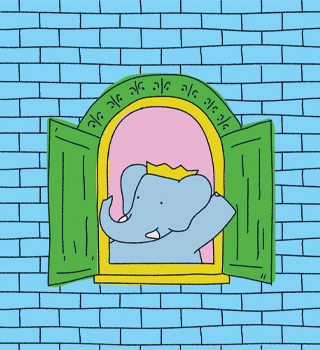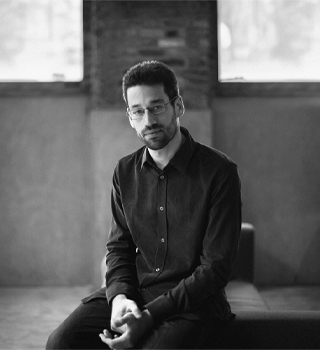Get into the heroic spirit with the Orchestra at Heroes of Film on 13 + 14 January, featuring iconic themes from cinema and TV, conducted by John Morris Russell. Epic tunes from Batman, Star Trek, Indiana Jones, Star Wars: The Force Awakens, The Mandalorian, and many more will let you relive your favourite musical moments from the adventures of heroes of the big and small screens!
A movie is nothing without its sound effects and musical score, especially an action and adventure flick. Ahead of the concert, we’ve gathered some quick facts for you about the history of music in film and television, from the silent film era to present day:
The Silence of the Films
From the 1890s through 1920s, silent films were accompanied by music provided by movie theatres, either by phonograph or performed by live musicians. Much like in the theatre of Ancient Greece and English Renaissance, musicians would improvise along to the film, or perform classical music that fit the mood as the film played.
It’s Alive! It’s Alive!
The 1930s and 1940s was a unique period in history. Despite it being a time of war and economic crisis, the world was alive with innovation and creativity. In film, comedies, action movies, and musicals helped moviegoers to leave their troubles at the door and film music began to evolve, with orchestral scores composed to match the emotions of the films themselves.
All That Jazz
The latter half of the 20th century saw an overhaul of the idea of film music. Symphonic jazz/pop composers like Henry Mancini, Elmer Bernstein, Ennio Morricone, and even Miles Davis found themselves writing for film, taking Hollywood film music in a different direction than the previous European-influenced sound in film.
The Beginning of a Beautiful Friendship
The late 1960s began merging the mainstream music industry with film music, with movies creating an entire soundtrack using licensed songs from rock and roll/pop culture artists. The 1967 film The Graduate was among the first to use almost entirely licensed songs that had nothing to do with the film itself. Simon & Garfunkel’s Mrs. Robinson is the only original song in the film, and is now a number one hit.
Synth Cinema
With the synthesizer becoming more popular in the late 1970s and early 1980s, films began to introduce a world of computerized music and sound effects with movies like Tron, Ghostbusters, and Footloose. The space opera Star Wars blended the symphonic scoring of John Williams with the mind of American sound designer Ben Burtt, who put the sounds of elephants, car engines, guide wires of a radio tower, and deep-sea diving gear through synthesizers to create the iconic out-of-this-world sound effects.
Everything but the Kitchen Sink
In more than 100 years, film music has grown into its own unique art form, taking inspiration from almost every genre of music. While orchestral scores are still popular, there is a new balance of movies that use symphonic sounds, jazzy jingles, synthesized sonorities, rock and roll riffs, and pop bops. See you at the movies!
Join us for Heroes of Film on 13 and 14 January 2023. Details and tickets are available here.



